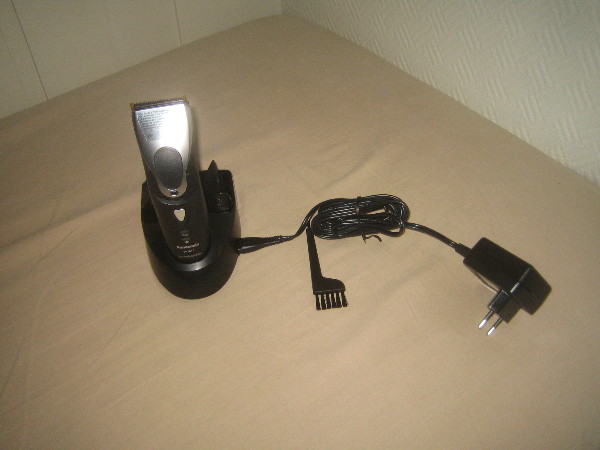I går ble jeg kontaktet på epost av +digi.nos Eirik Rossen som lurte på om +jeg hadde noen kommentarer til +kartverkets +pressemelding om Norges tetplassering når det gjelder +kart-tilgjengelighet. Jeg svarte følgende, som resulterte i noen +sitater i +Digis +dekning av kartverkets pressemelding.
+ +++Takk for muligheten til å kommentere.
+ +Pressemeldingen omhandler tilgjengeligheten av kart for aktører som er +medlem i kartellet Norge Digitalt. Det er ingen overraskelse for meg +at tilgjengeligheten til kart hos disse medlemmene er god. Men for +oss på utsiden av kartellet er tilgjengelighet av det som burde være +felleskapets og innbyggernes kart dårlig.
+ +Bruksvilkårene til kartene fra medlemmene i Norge Digital hindrer +nyskapning og selv om en er villig til å betale den ublu prisen som +forlanges får en fortsatt ikke tilgang til kartdata uten +bruksbegresninger. Derfor bruker jeg heller tid på å gjøre +fribrukskartet OpenStreetmap bedre. Der fremmer bruksvilkårene +nyskapning og lar meg skape nye tjenester uten å måtte søke om +tillatelse fra det offentlige.
+ +En annen problemstilling er jo sikkerhet til fjells og til sjøs. +Mon tro hvor mange ulykker på sjøen som kunne vært unngått hvis +sjøkartdata var tilgjengelig uten bruksbegrensninger, slik at enhver +med GPS eller kartplotter tilnærmet kostnadsfritt kunne sikre seg mest +mulig oppdaterte sjøkart? Det hjelper jo ikke at offentlige etater +har enkel tilgang til sjøkartene når det samme ikke gjelder hver +båtkaptein og småbåtfører. Jeg tror samfunnet som helhet hadde tjent +på å unngå kostnadene ved disse ulykkene ved å tvinge sjøkartverket +til å publisere sine kartdata på Internet uten bruksbegresninger.
+
